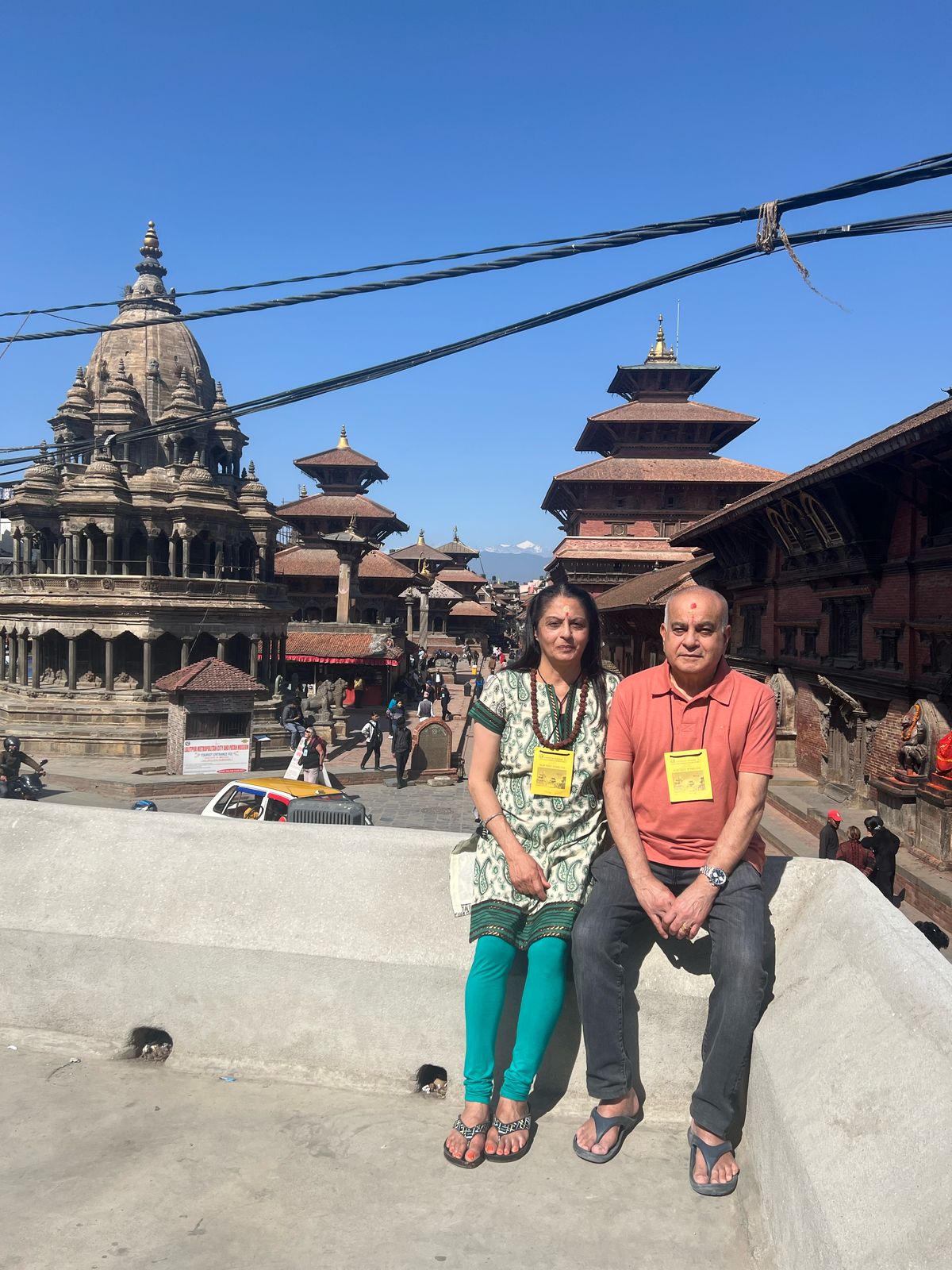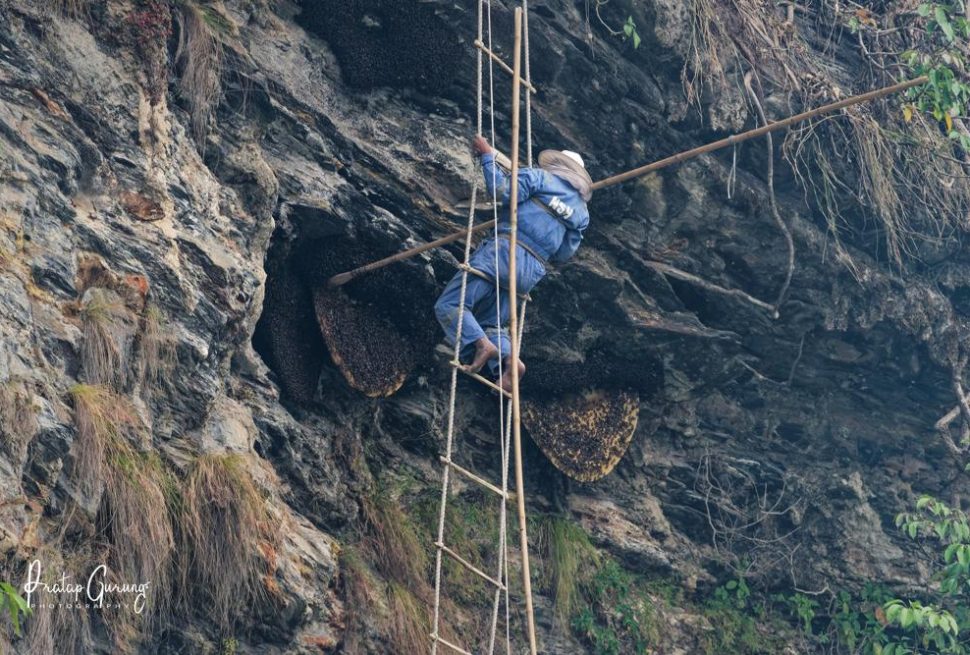Nepal, a land of breathtaking landscapes and rich cultural heritage, is home to some of the most sacred and historically significant landmarks in South Asia. With a history spanning thousands of years, Nepal has been a melting pot of Hindu and Buddhist traditions, shaping its vibrant spiritual and artistic legacy. The cultural heritage of Nepal reflects its deeply rooted religious beliefs, intricate architectural designs, and the resilience of its people in preserving their traditions. This tour through Nepal’s iconic landmarks is a journey into the heart of the country’s history, where each monument tells a story of devotion, power, and artistic excellence.
Swayambhunath Stupa: The Timeless Guardian of Kathmandu
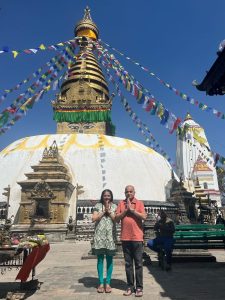
Perched atop a hill in the western part of Kathmandu, Swayambhunath Stupa, popularly known as the Monkey Temple, is one of the most ancient and revered Buddhist sites in Nepal. The stupa’s history dates back over 2,500 years, making it one of the oldest religious monuments in the country. According to legend, Kathmandu Valley was once a vast lake, and the great Buddhist saint Manjushri drained the water with his sword, creating the valley. Swayambhunath is believed to have self-emerged from a lotus that bloomed in the center of this newly formed land.
The stupa itself is an architectural masterpiece, with a gleaming white dome symbolizing the world and a gilded spire representing the 13 stages of enlightenment. The all-seeing eyes of Buddha gaze in four directions, signifying wisdom and awareness. The site exudes spiritual energy, attracting pilgrims and visitors who circle the stupa while spinning prayer wheels and chanting Buddhist mantras. Monasteries surrounding the stupa house Buddhist monks engaged in daily prayers, further enhancing the site’s sacred aura.
Pashupatinath Temple: The Holiest Hindu Sanctuary

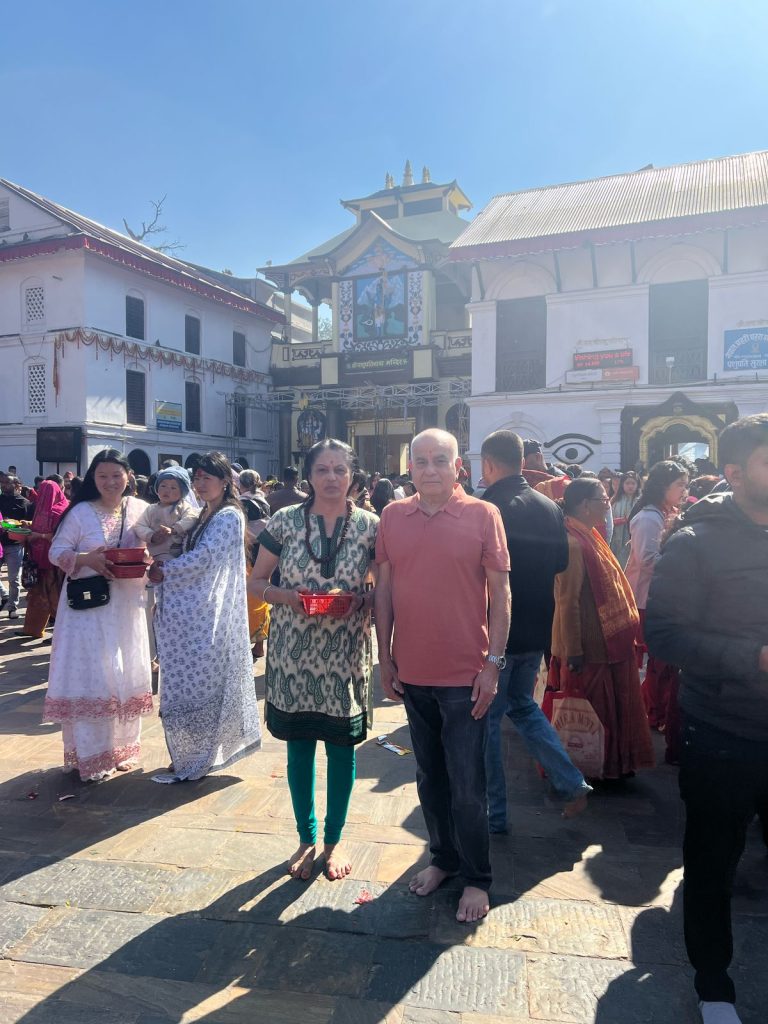
Situated on the banks of the Bagmati River, Pashupatinath Temple is Nepal’s most revered Hindu temple and a UNESCO World Heritage Site. Dedicated to Lord Shiva, this temple serves as the center of Hindu devotion in the region. The temple’s origins trace back to ancient times, though the present structure was built in the 5th century and later renovated by the Malla kings.
The temple complex features a stunning pagoda-style structure with intricate wood carvings, a gold-plated roof, and a massive silver-plated door. The sanctum houses a sacred lingam (symbol of Shiva), drawing devotees and sadhus (holy men) from across Nepal and India. A unique aspect of Pashupatinath is the open-air cremation ghats along the riverbank, where Hindu funeral rites are performed according to age-old traditions. These rituals offer a poignant glimpse into the cycle of life and death in Hindu philosophy, making Pashupatinath not only a place of worship but also a profound spiritual experience.
Boudhanath Stupa: The Spiritual Heart of Tibetan Buddhism
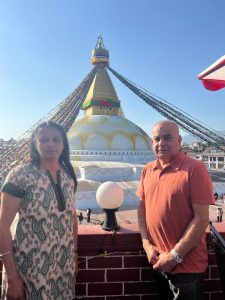
Towering over the surrounding landscape, Boudhanath Stupa is one of the largest Buddhist stupas in the world and a vital center for Tibetan Buddhism. Built in the 5th century, the stupa symbolizes enlightenment and the path to Nirvana. Its massive white dome represents the universe, while the golden spire is adorned with 108 images of Buddha and the all-seeing eyes that watch over humanity.
Boudhanath is a hub of Tibetan culture in Nepal, with numerous monasteries (gompas) surrounding the stupa. Monks and devotees circumambulate the stupa while spinning prayer wheels and reciting prayers, creating a deeply meditative atmosphere. The scent of burning incense and the sound of monks chanting add to the spiritual ambiance, making Boudhanath a must-visit site for those seeking peace and introspection.
Basantapur Durbar Square: The Royal Legacy of Kathmandu
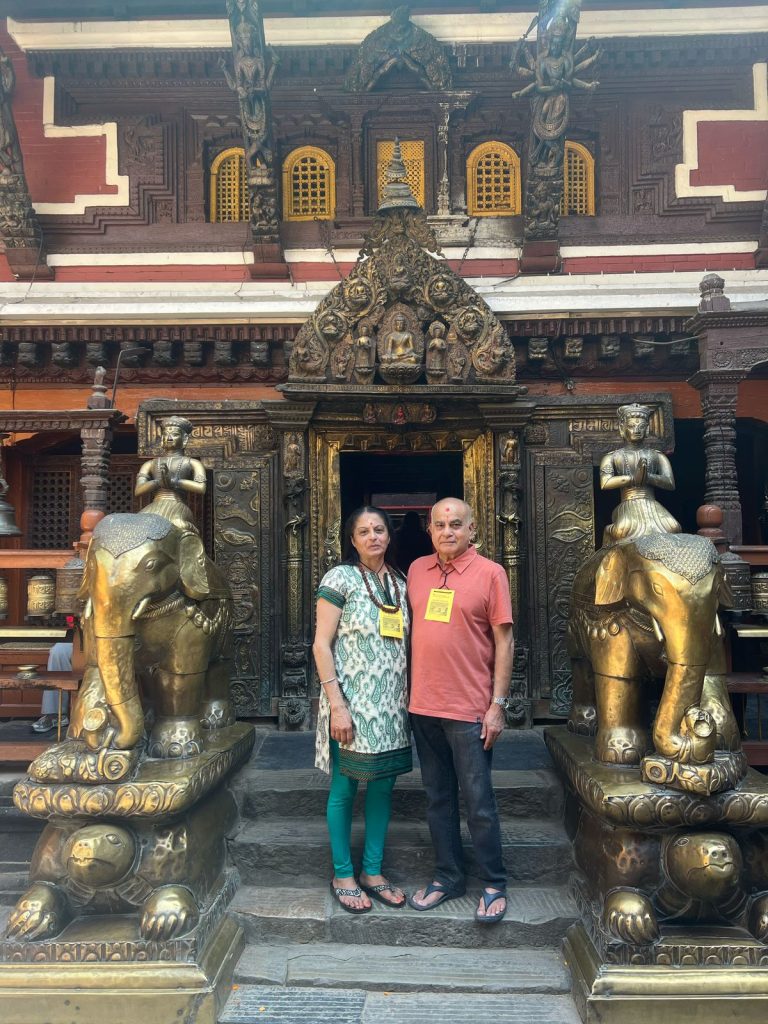
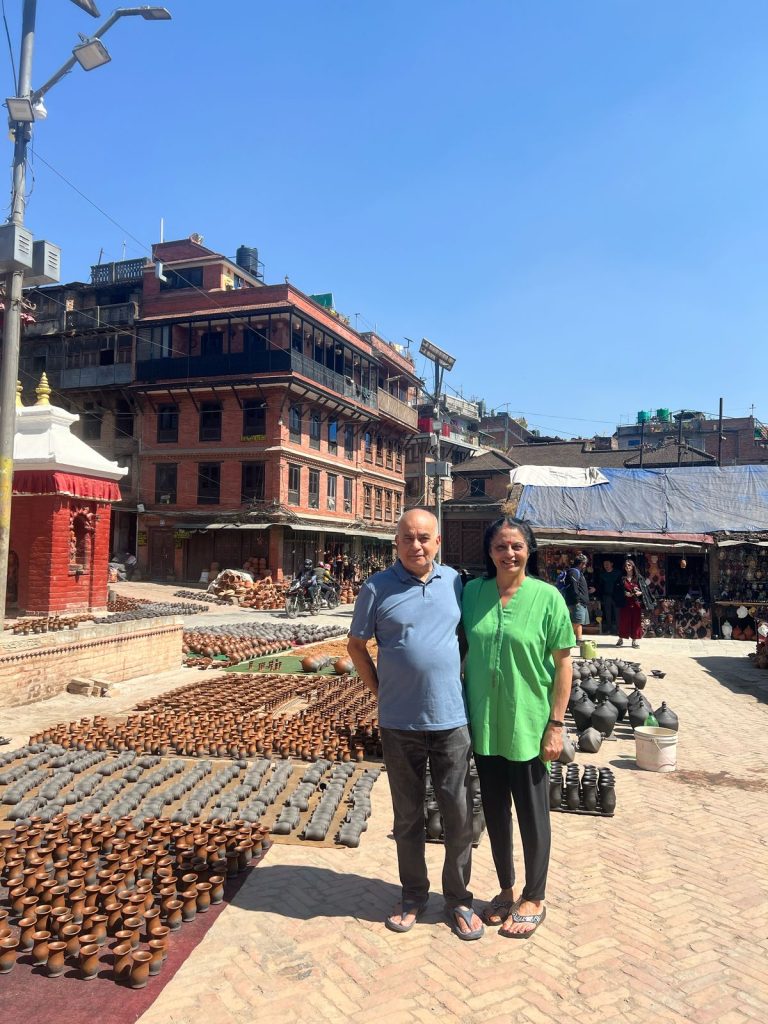
Once the seat of the Malla and later the Shah kings, Basantapur Durbar Square is a historic royal complex that showcases the grandeur of Nepal’s monarchy. Located in the heart of Kathmandu, the square is home to stunning palaces, courtyards, and temples, each bearing the hallmark of Newari craftsmanship.
The Hanuman Dhoka Palace, named after the Hindu monkey god Hanuman, was the royal residence until the 19th century. Intricate wood carvings and centuries-old statues make this complex a window into Nepal’s regal past. Other architectural marvels include the Taleju Temple, dedicated to the goddess Taleju Bhawani, and the Kumari Ghar, where the Kumari, or living goddess, resides.
Bhaktapur Durbar Square: The Living Heritage of Nepal
Unlike other palace squares, Bhaktapur Durbar Square has retained its medieval charm, offering a more immersive historical experience. Bhaktapur, meaning “City of Devotees,” was once a flourishing kingdom and remains an artistic treasure trove.
Among its most prominent structures is the 55-Window Palace, an architectural masterpiece built by King Bhupatindra Malla. The Nyatapola Temple, Nepal’s tallest pagoda-style temple, is another highlight, standing as a testament to the city’s superior engineering and craftsmanship. The square is also famous for its pottery workshops, where artisans use age-old techniques to create exquisite clay products, preserving Nepal’s traditional craft heritage.
Patan Durbar Square: A Masterpiece of Newari Art and Architecture

Renowned for its artistic brilliance, Patan Durbar Square is a UNESCO World Heritage Site that reflects the glorious craftsmanship of the Newar people. Located in the city of Lalitpur, the square is a cultural and artistic hub, featuring a plethora of temples, courtyards, and palaces.
The Krishna Mandir, built from a single stone, is the most revered temple in the square, dedicated to Lord Krishna. The Golden Temple (Hiranya Varna Mahavihar) is another highlight, adorned with gilded facades and intricate carvings. Visitors can explore the Patan Museum, which houses a vast collection of ancient sculptures, religious artifacts, and exhibits on Nepal’s rich heritage.
Nepal’s cultural heritage is a testament to its deep-rooted spiritual traditions and exceptional artistic legacy. Each of these landmarks carries centuries of history, devotion, and unparalleled craftsmanship, making them essential destinations for those looking to explore Nepal’s unique cultural identity. Whether you are drawn by the serenity of Buddhist stupas, the grandeur of Hindu temples, or the elegance of Newari palaces, Nepal offers a journey through time and tradition like no other.



